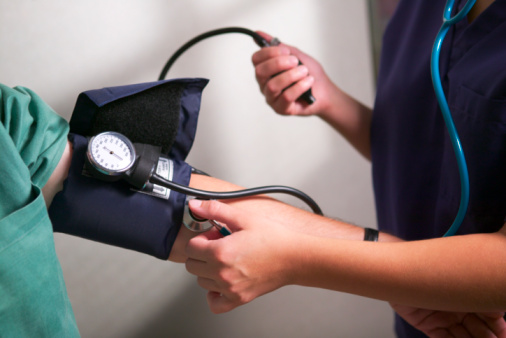
It is based on restricting yourself to 2,000 calories a day. DASH lays out the number of servings you should aim for in all food groups. Following these rules could help drive your blood pressure down, and thus lower your risk of heart disease. DASH calls for eight to 10 servings of fruit and vegetables each day — far more than the two or three most adults currently get.
Here’s what DASH looks like on a serving-to-serving basis. The following rounds out to about 2,000 calories:
— Fruits: 4 to 5 servings each day
— Vegetables: 4 to 5
— Whole grains: 7 to 8
— Low-fat dairy: 2 to 3
— Meat, poultry, fish: 2 or less
— Nuts, seeds, beans: 4 to 5 per week
— Sweets: 5 or fewer a week
— Fats and oils: 2 to 3 a week
The DASH diet works in the walls of blood vessels. There are ingredients within some members of the produce aisle that account for the drop in blood pressure. The most integral ingredients are “nitrates,” found in leafy greens and beet root (to name just two), which, in your body, produce nitric oxide. This is a molecule that relaxes your blood vessels, which would naturally lower the pressure of blood flow. Nitrates prove that vegetables could prevent heart disease.
Researchers have proven that nitrate independently drops blood pressure levels. Nitrate supplements could have about the same effect as the DASH diet. For those who have a history of cardiac problems or who are trying to battle hypertension, following the DASH diet is a true medical tool.
While it’s hard to eat a huge amount of nitrate-rich foods, you can certainly help reverse hypertension by including more of them in your daily diet. These include virtually all types of lettuce, celery, spinach, beets, potatoes, green cabbage, broccoli, watercress, carrots, leeks, and radishes.
Related Reading: 10 Foods to help prevent clogged arteries